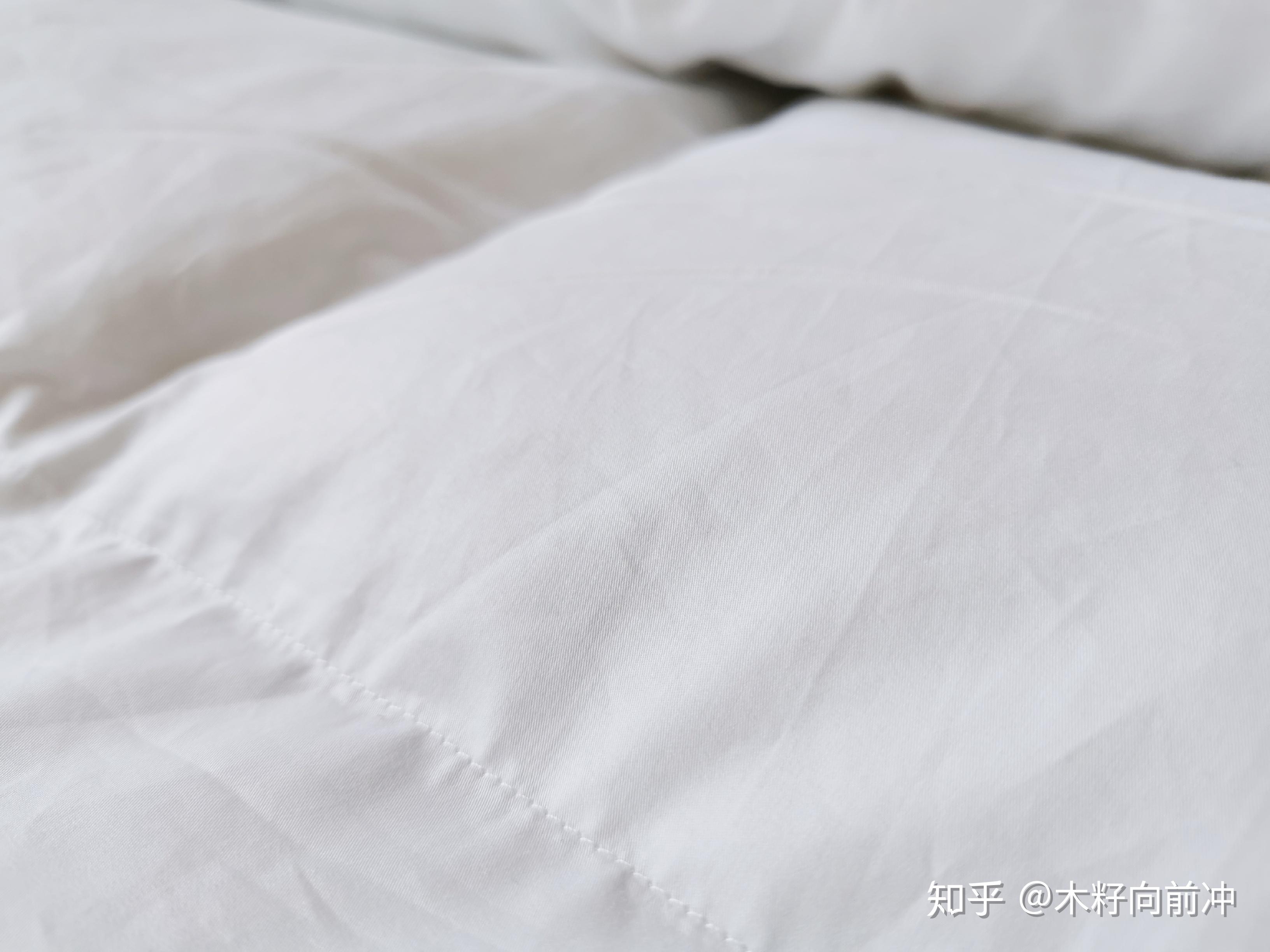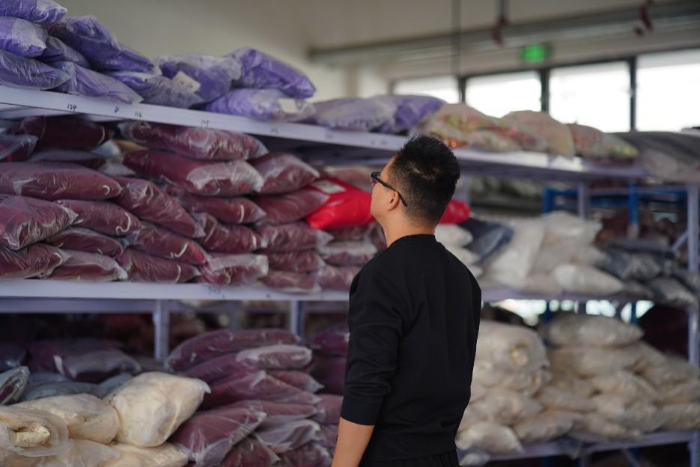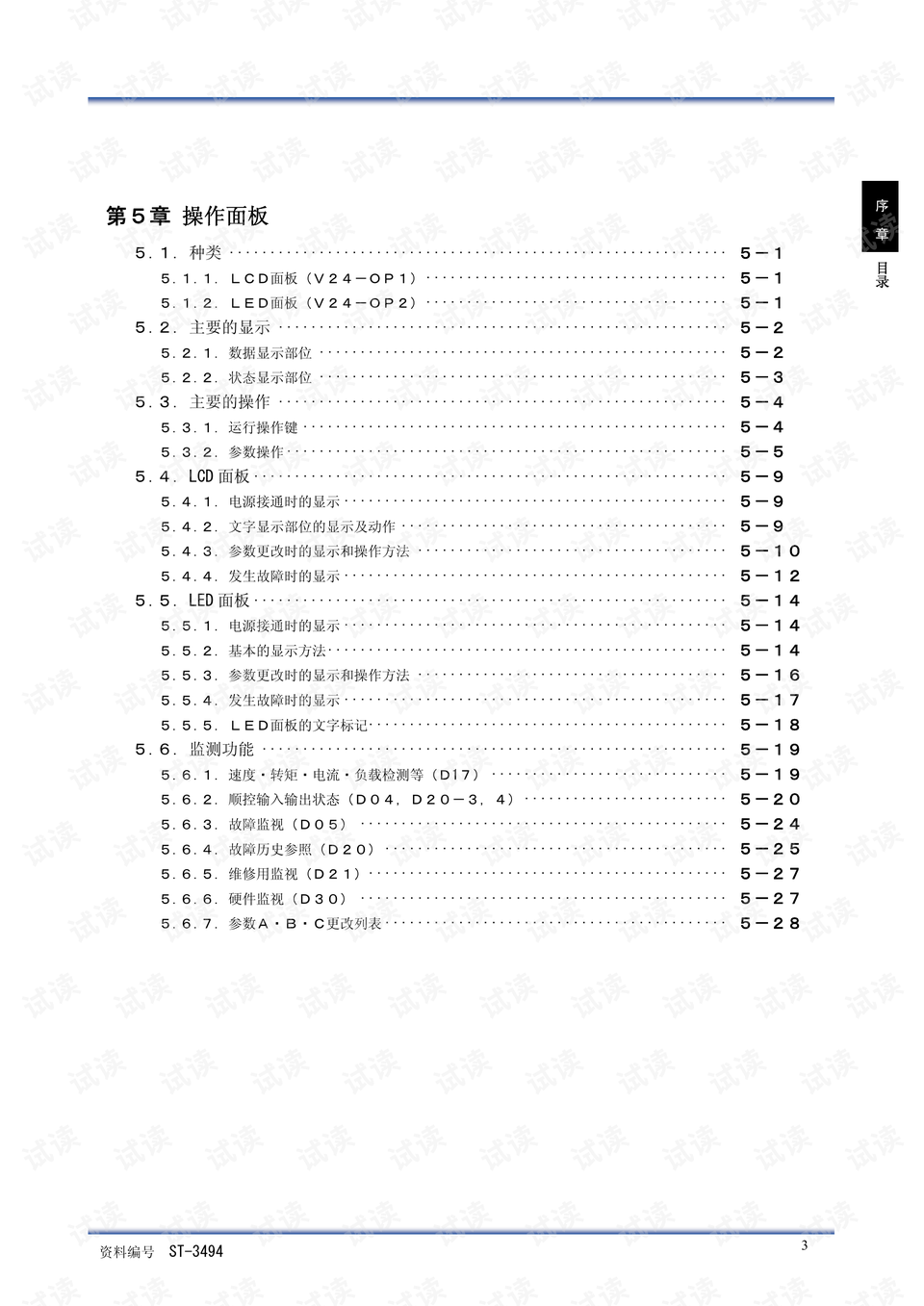Title: Silk Identification Methods
Silk identification methods have evolved over time, with each method offering a unique way to distinguish silk from other materials. One of the most common identification methods is through a burn test, where a small piece of material is burned to reveal its true identity. However, there are also other techniques that can help to identify silk, such as a microscope examination or a chemical test.The microscope examination allows researchers to examine the individual fibers of the material under high magnification, revealing any unique characteristics that might indicate silk. Chemical tests, on the other hand, involve the use of specific chemicals to react with the material and provide a positive identification of silk.These silk identification methods have their own advantages and disadvantages. The burn test is simple and easy to perform, but it does have some limitations. The microscope examination provides more detailed information about the material, but it can be time-consuming and challenging to interpret. The chemical test offers a more reliable and scientific approach to silk identification, but it does require some specialized equipment and knowledge.In conclusion, the choice of silk identification method depends on the specific needs and circumstances of the researcher or textile enthusiast. Each method offers a unique perspective on silk identification, with their own advantages and disadvantages.
Silk, also known as "the queen of fabrics," has a unique charm and elegance that no other material can match. Its softness, smoothness, and durability make it an ideal choice for a wide range of applications, from fashion clothes to interior decoration. However, with the increasing popularity of silk, there are also more and more fake silk products on the market. Therefore, it is essential to learn how to identify real silk from fake silk to ensure you are getting the genuine article.
Visual Inspection:
The first and most basic method of identifying silk is through visual inspection. Real silk has a natural sheen and luster that is difficult to imitate. It also has a smooth and soft texture that feels different from synthetic materials. When you hold the fabric up to the light, you should be able to see the threads of silk shining through. If the fabric looks cheap or has a synthetic feel to it, then it is probably not real silk.

Tear Test:
Another way to identify silk is through a tear test. This involves taking a small piece of the fabric and gently tearing it in half. Real silk has a specific tear pattern that is easy to recognize. The threads of silk will align themselves in a specific direction when torn, creating a distinct pattern. Synthetic materials, on the other hand, will often tear in an irregular or chaotic manner.
Flame Test:

The flame test is a more extreme method of identifying silk that can help you determine if the fabric is truly natural silk or not. In this test, you ignite a small piece of the fabric with a match or lighter. Real silk will burn with a characteristic "sizzling" sound and will leave behind a small amount of ash. Synthetic materials, on the other hand, will often burn with a different sound and will leave behind more significant amounts of ash or soot. It is important to note that this test can be dangerous if not performed correctly, so it should only be done under controlled conditions and with proper safety precautions.
Chemical Test:
If you are still uncertain about the authenticity of your silk fabric, you can perform a chemical test to determine its true identity. This involves taking a small piece of the fabric and applying a chemical reagent to it. The reagent will react with the fibers in the fabric, creating a specific color or precipitate that can help identify the material. However, it is important to note that this test requires specialized knowledge and equipment, so it may not be suitable for everyone.

In conclusion, identifying real silk from fake silk can be challenging but not impossible. By performing visual inspections, tear tests, flame tests, and chemical tests, you can rest assured that you are getting the genuine article when purchasing or using silk products. These methods are all reliable and accurate ways to identify silk, so they are worth considering if you want to ensure you are getting the best quality silk for your needs.
Articles related to the knowledge points of this article:
Title: The Symbolism and Significance of a Black Suit with a Red Tie
Winter Warmth: The Story of a Down Jacket
The Etiquette of Ties: Do Formal Wear Outfits Require Ties?
Title: Understanding the Price of Real Silk Ties
Title: Mastering the Art of Tying a Scarf: A Comprehensive Guide



